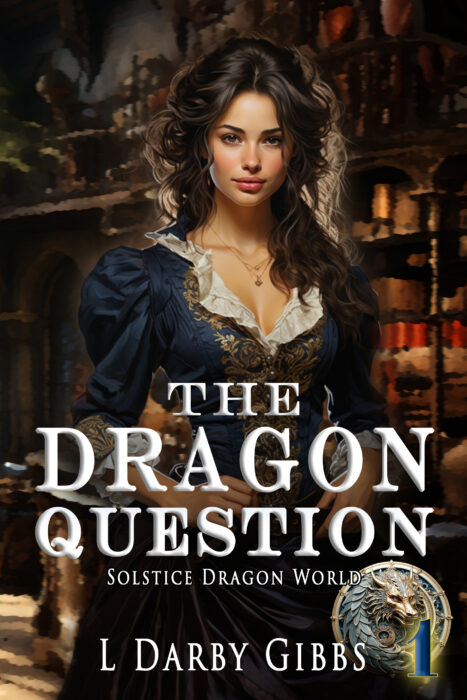My treadmill: an oldie but a goodie It has been interesting how my writing process has changed over time. I’ve always approached every writing project with an idea of how the story was going to end. Sometimes I have an outline but usually not. Looking back, I can see some constants: a title tends to…
Tag: Tools for writing
Stand on stone words Just a few weeks ago, I decided I needed to shift to another writing project. My contemporary novel, Joanie and Friends, had hit a wall. I was writing, but it was failing to feel original and authentic, like I was just dragging the words out of my characters. So I remembered…
I read an article about the various distinct cultural nations within the United States and found it very useful for determining the underlying influences of characters in fiction. In this article which made use of the work of Colin Woodard, Matthew Speizer provides (This map shows the US really has 11 separate ‘nations’ with entirely…
Every writer needs a strong posture. I recently watched a TED talks video, Amy Cuddy’s “Your Body Language Shapes Who You Are.” As a teacher, I understand the dynamics of body language. I read my students’ body language all the time and modify my approach to match or alter their attitudes so the class runs…
No story goes along smoothly for the main character. In fact, how they respond to adversity is how we get attached to the people in the novels we love. If they don’t struggle to get what they need, we won’t want to read to the end. There are innumerable ways for conflict to occur in…
A few days ago I went to a band camp concert. My daughter was one of the players. As I sat there listening to the rising and falling notes, flutes coming in as clarinets drop away, background drums rolling in crescendo and tubas filling the brief spaces in between, my heart racing and relaxing with…
Getting my logs in a line I visited +HannahHeath’s blog recently and read her great post on writing loglines for novels. It galvanized me to work at mine a second time. So here’s my loglines for all my Student of Jump books. In Time Passed, Students of Jump Book 1 Logline: An accidental inventor of…
Overwhelmed by stuff, use anticipation to inspire. Creativity is best when the appetite is wet. I have already said that teaching encroaches on my writing time. Remember the movie The Thing? That is the life of the English teacher: pursued by an engulfing pile of stuff. The teaching thing just eats everything up. So I…
